791423
C101 Dye
Synonym(s):
cis-Bis(isothiocyanato)(2,2′-bipyridyl-4,4′-dicarboxylato)(4,4′-bis(5-hexylthiophen-2-yl)-2,2′-bipyridyl)ruthenium(II), Greatcell Solar®, Ruthenate(2−), [[2,2′-bipyridine]-4,4′-dicarboxylato(2−)-N1,N1′][4,4′-bis(5-hexyl-2-thienyl)-2,2′-bipyridine-N1,N1′]bis(thiocyanato-N)-, hydrogen (1:2)
About This Item
Recommended Products
form
powder (maroon)
Quality Level
λmax
546, 403, 338, 307 nm (lit.)
SMILES string
OC(C1=CC(C2=CC(C(O)=O)=CC=N2)=NC=C1)=O.S=C=N[Ru]N=C=S.CCCCCCC(S3)=CC=C3C4=CC=NC(C5=NC=CC(C6=CC=C(CCCCCC)S6)=C5)=C4
InChI
1S/C30H36N2S2.C12H8N2O4.2CNS.Ru/c1-3-5-7-9-11-25-13-15-29(33-25)23-17-19-31-27(21-23)28-22-24(18-20-32-28)30-16-14-26(34-30)12-10-8-6-4-2;15-11(16)7-1-3-13-9(5-7)10-6-8(12(17)18)2-4-14-10;2*2-1-3;/h13-22H,3-12H2,1-2H3;1-6H,(H,15,16)(H,17,18);;;/q;;2*-1;+2
InChI key
BXXRBPUFQSDMHJ-UHFFFAOYSA-N
Related Categories
General description
Application
Along with an acetonitrile-based electrolyte; the C101 sensitizer achieved a high efficeincy of 11.0-11.3% in the dye-sensitized solar cells under the illumination of AM 1.5G full sunlight.
Legal Information
Greatcell Solar is a registered trademark of Greatcell Solar Materials Pty Ltd.
signalword
Warning
hcodes
Hazard Classifications
Eye Irrit. 2 - Skin Irrit. 2 - Skin Sens. 1
Storage Class
11 - Combustible Solids
wgk_germany
WGK 3
flash_point_f
Not applicable
flash_point_c
Not applicable
Certificates of Analysis (COA)
Search for Certificates of Analysis (COA) by entering the products Lot/Batch Number. Lot and Batch Numbers can be found on a product’s label following the words ‘Lot’ or ‘Batch’.
Already Own This Product?
Find documentation for the products that you have recently purchased in the Document Library.
Customers Also Viewed
Articles
Dye-sensitized solar cells (DSCs) are 3rd generation solar cells combining the promise of high efficiency with low production costs.
While dye sensitization as the basis for color photography has been accepted for a very long time,1 attempts to use this principle for the conversion of solar light to electricity generally had resulted only in very low photocurrents, below 100 nA/cm
Our team of scientists has experience in all areas of research including Life Science, Material Science, Chemical Synthesis, Chromatography, Analytical and many others.
Contact Technical Service

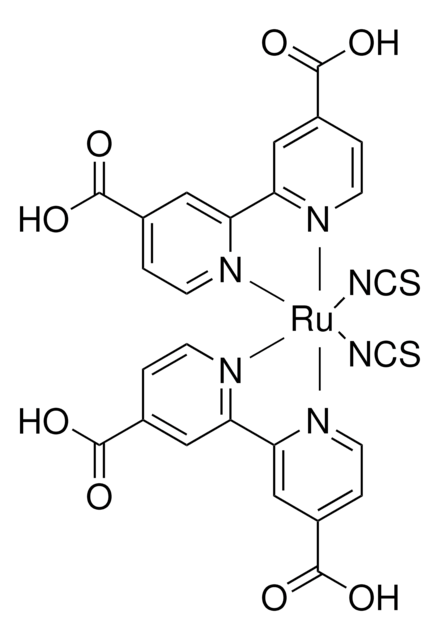
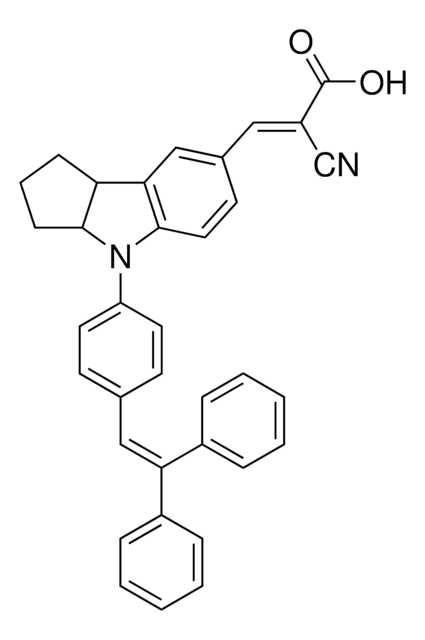
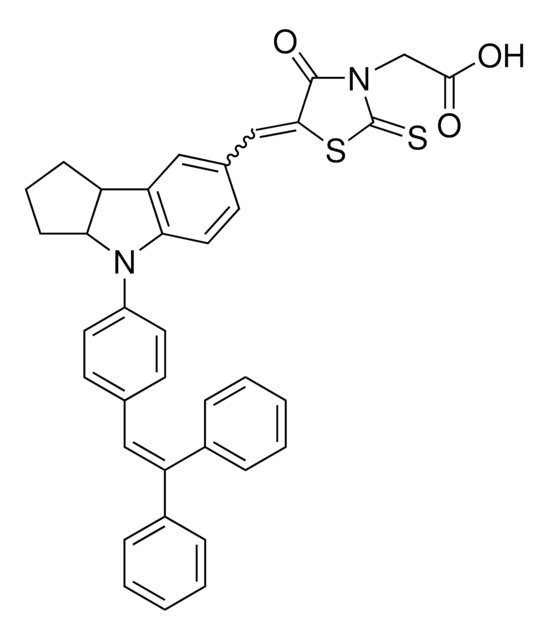

![1,3-Bis[4-(dimethylamino)phenyl]-2,4-dihydroxycyclobutenediylium dihydroxide, bis(inner salt) Dye content 90 %](/deepweb/assets/sigmaaldrich/product/structures/301/519/500149b3-198c-44cf-b952-7e91f54fc48e/640/500149b3-198c-44cf-b952-7e91f54fc48e.png)
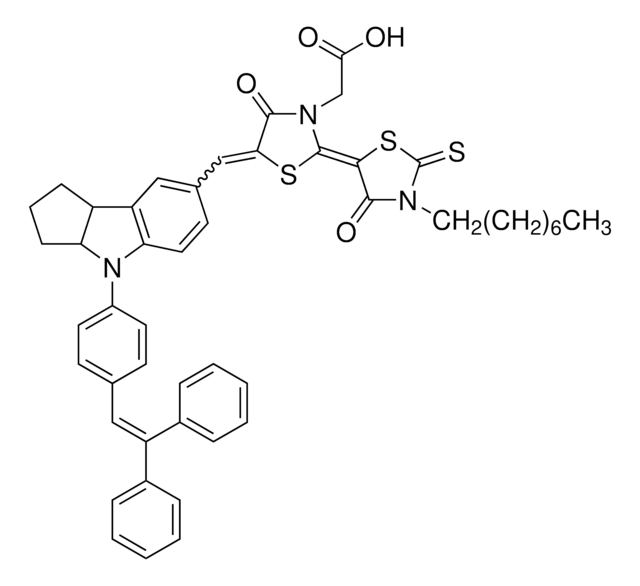

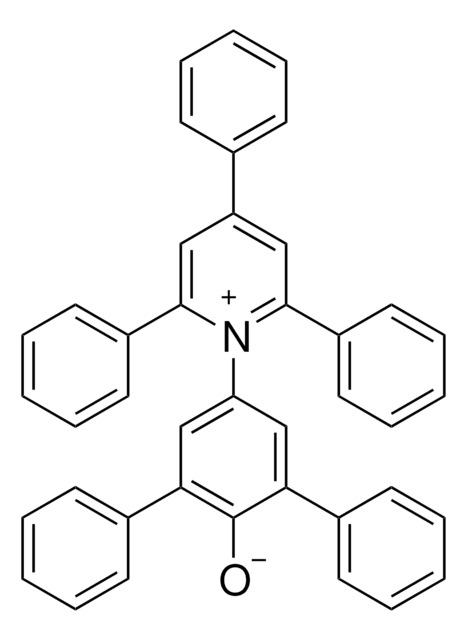

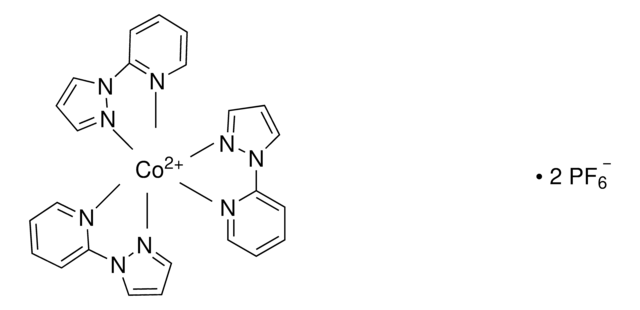
![2,4-Bis[4-(N,N-diphenylamino)-2,6-dihydroxyphenyl]squaraine 98%](/deepweb/assets/sigmaaldrich/product/structures/303/054/d8b9c845-3623-4f5a-8a30-ab6731034171/640/d8b9c845-3623-4f5a-8a30-ab6731034171.png)